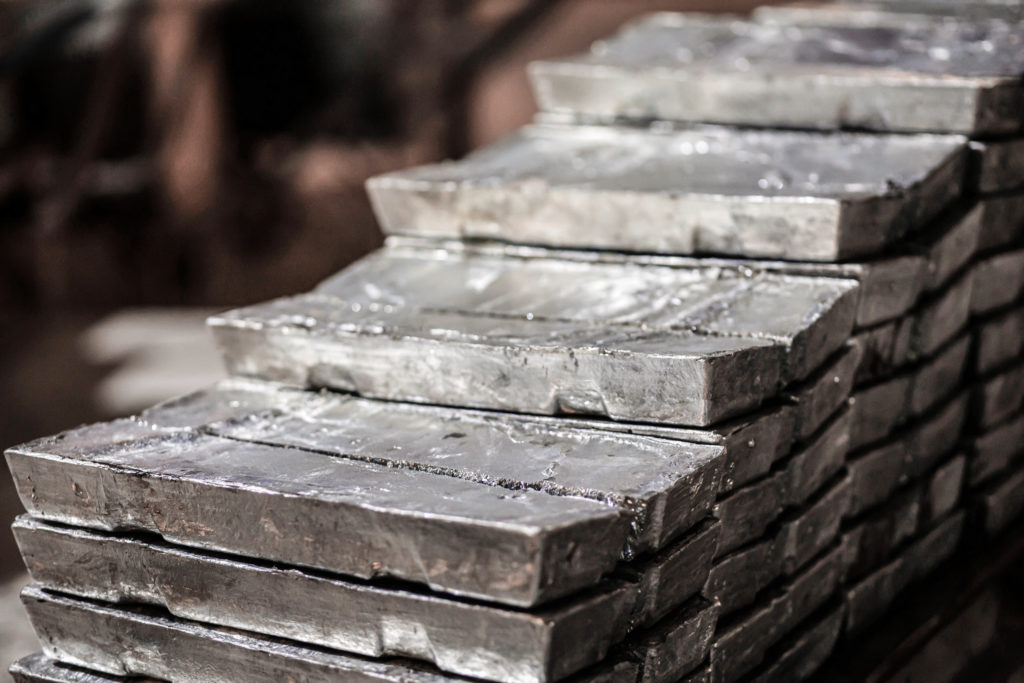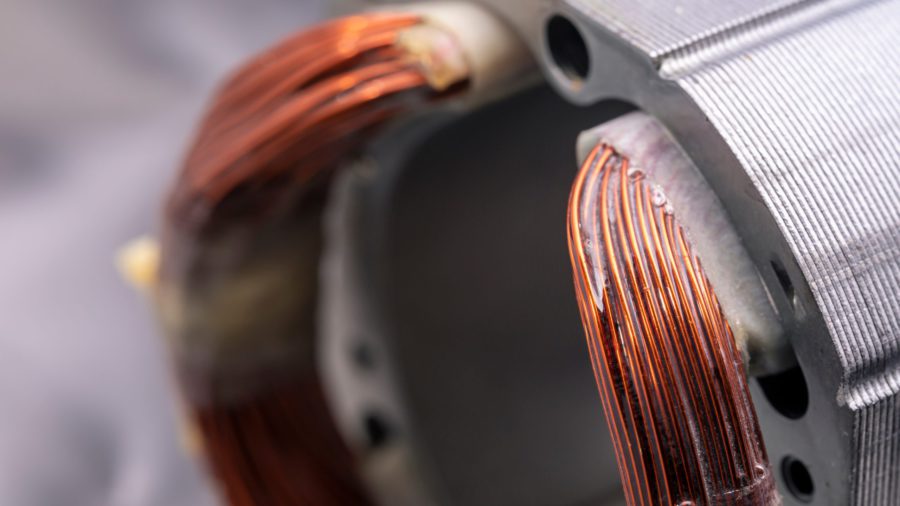Column: Funds amass record bear bets on zinc as LME stocks jump

Fund managers have been scaling up short positions on zinc, betting that this year’s weakest base metals price performer has further downside.
Investment fund positioning is now the most bearish it’s been since the London Metal Exchange (LME) first launched its Commitments of Traders Report in 2018.
LME three-month zinc , currently trading around $2,400 per metric ton, is already down by 8% on the start of the year.
Zinc’s use in galvanized steel means it is heavily exposed to the fortunes of the ailing global construction sector, particularly that in China.
The global zinc market is generating a lot of surplus metal, some of which has just turned up in LME warehouses, lifting stocks to the highest level since June 2021.
More may be on the way judging by LME time-spreads but with the price now eating into the cost curve, just how much further can zinc fall?

Bear attack
Fund managers lifted short positions on the LME zinc contract to 60,492 contracts, or just over 1.5 million tons, as of the close of business last Friday. The previous record short positioning of 54,935 contracts occurred in August last year.
There are still plenty of investment funds keeping the faith with zinc after the LME price bounced off a six-month low of $2,278 on Feb. 12.
But even on a net basis the collective short of 18,012 contracts is still the largest since 2018, exceeding the previous point of maximum bearish positioning seen in February 2020, when China was leading the world into Covid-19 lockdown.
It’s worth noting that “other financial institutions”, covering index providers and insurance players, are still net long of zinc but at much reduced levels relative to the 2018-2021 period.

Zinc flood
The accumulation of speculative bear bets on the London zinc contract has played out in tandem with fast-rising LME warehouse stocks.
A total 72,750 tons of zinc were delivered onto LME warrant in Singapore between Feb. 6 and 16, lifting headline inventory to 228,500 tons. The last time LME stocks were so high was in the first half of 2021, when they peaked at 294,025 tons.
Global commodities trader Trafigura is reported to be delivering metal from off-exchange shadow storage into an on-exchange rent-sharing warehouse deal.
When LME stock movements become defined by warehousing dynamics, it’s a sure sign there’s a lot of surplus metal floating around, even if it’s not always visible.
The International Lead and Zinc Study Group estimates the global refined zinc market notched up a 204,000-ton supply-usage surplus last year and its most recent forecast in October was for an even bigger 367,000-ton glut this year.
More large-volume deliveries into the LME system are quite possible, if LME time-spreads are anything to go by.
The benchmark cash-to-three-month spread has moved into super-contango this week. It was valued at $42.50 per ton at Wednesday’s close, the widest it’s been in at least two decades.
Higher interest rates are of course a factor in the cost of carry but this week’s sudden widening in the spread structure looks ominous.
Into the cost curve
With market optics deteriorating, it’s not hard to see why investment funds are piling on the bear pressure.
But just how much more price downside is there?
The zinc price is already trading deep into the production cost curve. Analysts at Citi calculate that 90th percentile mine costs averaged $2,600 per ton last year.
Several mines have already gone into care and maintenance, most notably Boliden’s Tara mine in Ireland and Nyrstar’s Middle Tennessee complex.
Price-induced cutbacks and unexpected outages such as the fire at the new Ozerny mine in Russia have pushed the mined concentrates segment of the market into deficit.
Treatment charges, the fees levied by a smelter for converting concentrate into metal and a good indicator of raw materials availability, are currently assessed by price reporting agency Fastmarkets at $70-100 per ton over LME cash.
That’s a long way off last year’s benchmark of $274 per ton, which tells you how much concentrates availability has tightened over the last year.
Lower treatment charges squeeze smelter margins and there have already been casualties.
Nyrstar, which is owned by Trafigura, has placed its Budel plant in the Netherlands on care and maintenance. Low treatment charges have combined with low physical metal premiums and high power costs to undermine the smelter’s profitability.
This is all part and parcel of the building supply response to market oversupply and low prices.
It does, however, create a tension with all the new short positions being established by the fund community.
How this tension is resolved will in part depend on just how much more zinc makes its way from the storage shadows to the LME warehouse system.
(The opinions expressed here are those of the author, Andy Home, a columnist for Reuters.)
(Editing by David Evans)
{{ commodity.name }}
{{ post.title }}
{{ post.date }}


Comments